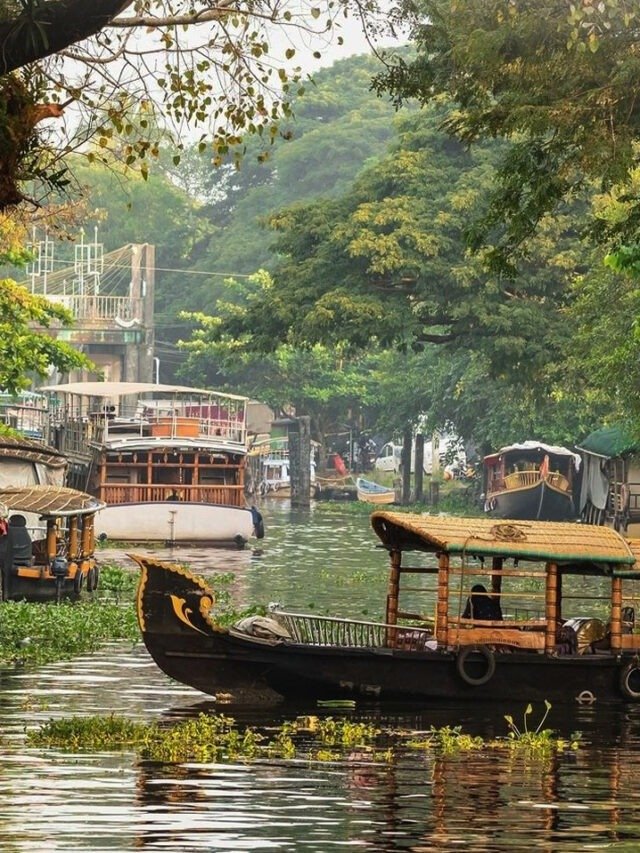By: Subrata Majumder
In 2020, Japan adopted two policies to strengthen supply chain resilience. Big subsidy was provided to stimulate Japanese investors to diversify offshore investment and invest in domestic market for supply chain resilience. The main aim was to reduce over dependence on China. Focuses were made on Southeast Asian countries for offshore diversification.
In the run up for offshore diversification, thrusts were given to Thailand, Vietnam, Malaysia, Indonesia and Philippinesfor China+1. India was relegated with less potential for diversification. The irony is that, Japanese investment increased in India in 2021. In contrast, Japanese investment fell in Thailand, Indonesia and Philippines – the preferred nations for diversification for supply chain.
Further, surprise too many, Japanese investment spurred in India 2021 more than in Vietnam and Malaysia, the preferred destinations for supply chain diversification. Japanese investment in India increased by 72 percent in 2021, as compared to increases by 58.5 percent and 47.9 percentin Vietnam and Malaysia respectively (according to Japanese statistics). This reflects that there wasa perceived difference between the Japanese government and Japanese business interests regarding the potential of the countries for offshore supply chain diversification.
Currently, China is the biggest source for supply chain for Japan. Nearly one-fourth of parts, components and intermediates of Japanese imports come from China. Nevertheless, the 2020 policy for diluting over dependence on China was not new. Over the decades, Japanese companies have been shifting from China, though gradually. According to a survey, there were 13, 934 Japanese companies in 2016. It dropped to 13, 685 in 2019. Further, according toan estimation, share of parts and components from China was already on declining trend. It has declined from 29.5 percent in 2015 to 26.1 percent in 2021.
During Covid 19, China was the major trading partner of Japan. In 2021, it accounted for 22.9 percent of Japan total trade. Export to China was 21.6 percent of Japan’s global export and import from China was 24.9 percent of Japan’s global import. Japan had adverse trade balance with China.
There were few takers of Japanese supply chain resilience initiative. According to JBIC (Japan Bank for International Cooperation), most of the Japanese investors surveyed lamented the inadequacy of Japanese clusters in the preferred destinations in South East Asia for diversification as compared to the clusters built up in China. Besides, fast recovery of China compared to other Asian countries led themto have a second thought to diversify to other Asian countries in the attraction of subsidy.
Nevertheless, pro-Japanese analysts in India are upbeat for active role to be played by Japanese investors. They argued that if India can be hot bed for contract manufacturing for leading USA company, such as Apple, by alluring investment by Foxconn, why not it has potential to be alternative destination for Japanese supply chain. The truth of the matter is that even though Japanese foreign policy is less influential in catalyzing India’s global political landscape, in economy Japan has uninterrupted contributions for changing the Indian economy into a modern manufacturing and eco-friendly solution. Automobile, Metro Rail, rapid transport system (like Bullet train), electronics are the cases in point.
Given these, how can India reap the benefits of the Japanese supply chain resilience initiative? JBIC survey reveals the road ahead. It is an annual survey by the Japanese bank. According to the survey, India was voted one of the most promising business destinations for Japanese investors in the medium term. Even for the longer period, say 10 years, the respondents were upbeat to do business in India.
The reasons sighted for preference to India were better growth in the economy and largerlocal market size; low labour costs andsupply base assemblies and low-cost components and raw materials. The sharp bounce back in the economy with the fastest growth recovery impressed Japanese investors. GDP of India is forecasted to notch 8 percent growth in 2022-23, after a fall by 7 percent in 2021-22. India is expected to excel Chinese growth, which is forecasted at 4 percent over the same period.
Investment in supply chain resilience in Indo-Pacific Region, which has garnered increasing interest, is another factor to set the stage for Japanese investment. This paves the way for India to reap opportunities from its low-cost hub, laden with high IT technology, for supply chain in the region. The launching of IPEF (Indo-Pacific Economic Framework) throws challenge to Vietnam, Thailand, Malaysia and Philippines, after India withdrew from RCEP. Eventually, Japanese government has supported the initiative by granting financial support to 6 Indian projects under the “Programme for Supply Chain Resilience in Indo Pacific Region”.
Rupee convertibility can pose a new challenge to India to reap the supply chain resilience market in Japan. Till now, Indian rupee was not convertible. Recently, RBI permitted Indian rupee to be convertible in trade. It permitted invoicing as well as settlement in Indian Rupee for export and import. This will help in reducing the foreign exchange risks. Rupee will help Indian manufacturers to supply component, parts, and intermediates to the assemblers across the borders at a more stable prices amidst the global volatility in foreign exchange rates.
Eventually, this will ensure assemblers to repose dependence on India for low-cost supply chain, which will offer sustainability.
Therefore, India is equally competent to be the preferred destination for China +1 strategy. (IPA Service)












